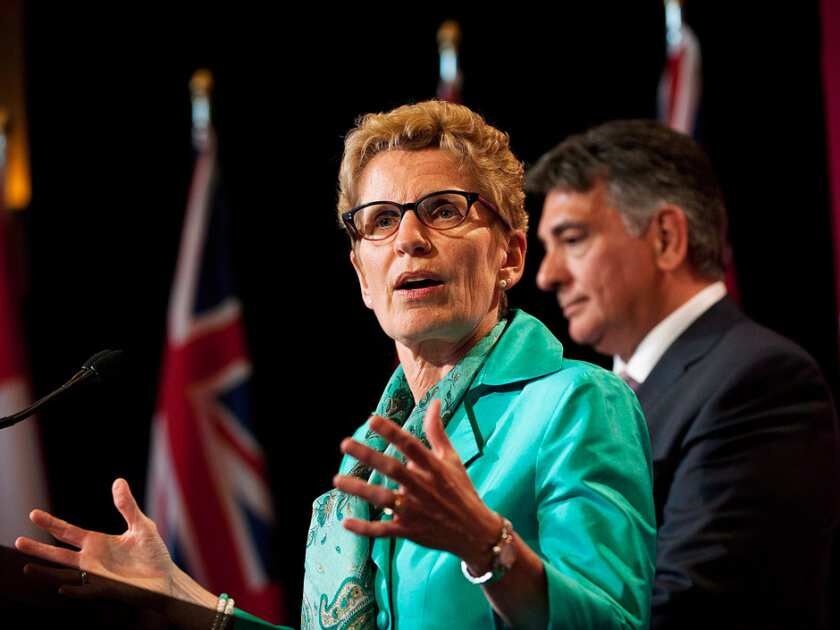Ontario tries to go green
Climate change forcing the implementation of a cap-and-trade program in Ontario
As the cost of living exponentially increases year after year, the direct costs climate change procures on the government, businesses, people and the economy are not providing any help. This is why Ontario put forward a cap-and-trade program under the province’s Climate Change Action Plan this year.
Premier Kathleen Wynne has set ambitious greenhouse gas reduction targets for 2020 and 2030. In order to meet these targets, the province will spend over $7 billion on green initiative investments, rewards for innovative companies, and helping households and businesses in the transition to a low-carbon economy.
Gideon Forman, a policy analyst of the David Suzuki Foundation, called Ontario’s cap-and-trade program a huge step forward for the province and for Canadian climate action in general.
This is how it works: the greatest emitters in the province will have a certain tonne of greenhouse gas emissions that they can release into the air. Each year this cap will be reduced, compelling emitters to lower their emissions through innovation or purchase allowance from the carbon market where low emitters sell the carbon allowance they do not use.
However, an editor for the Toronto Sun criticizes the system, commenting that these subsidies undermine the purpose of carbon pricing, which is to send a price signal to industry to lower industrial greenhouse gas emissions, but are instead making taxpayers cover the costs.
Ontario’s Climate Change Action plan will cost the average household $13 a month and is forecasted to bring in an additional $1.3 billion annually for the province. Furthermore, by law, the province must use this revenue to fund green projects in addition to the $1.9 billion generated under the cap-and-trade program.
In spite of the cost to taxpayers, the firm EnviroEconomics explain that alternatives to the cap-and-trade system, like carbon taxes applied to gasoline and natural gas, would have increased household costs four to eight times higher.
“By joining U.S. states and Canadian provinces that promote clean energy by pricing carbon pollution, Ontario is sending a powerful signal to other jurisdictions that a wait and see approach to climate action is no longer an option,” says Karel Mayrand, David Suzuki Foundation’s Director General for Quebec.
Additionally, Ontario plans to take action by investing in programs that will encourage people and companies to switch to more energy efficient heating systems, buy electric or hybrid cars, add more bio-fuel to gasoline, and help the agricultural and industrial sectors adopt low-carbon technologies. To be able to cut greenhouse gas emissions to 15 per cent below 1990 levels by 2020, 37 per cent by 2030 and 80 per cent by 2050, the cap-and-trade program for industrial polluters is a huge stimulus. “By providing both the ambition, and the required support to businesses and consumers, this is a gold step towards our climate goals,” says Eli Angen of Pembina, a clean energy think tank.
Following the complete phase out of coal-powered electricity in 2014 and its proposed actions in this plan, Ontario is on the path towards ensuring a sustainable future for generations to come.
Image courtesy of The Ottawa Citizen
